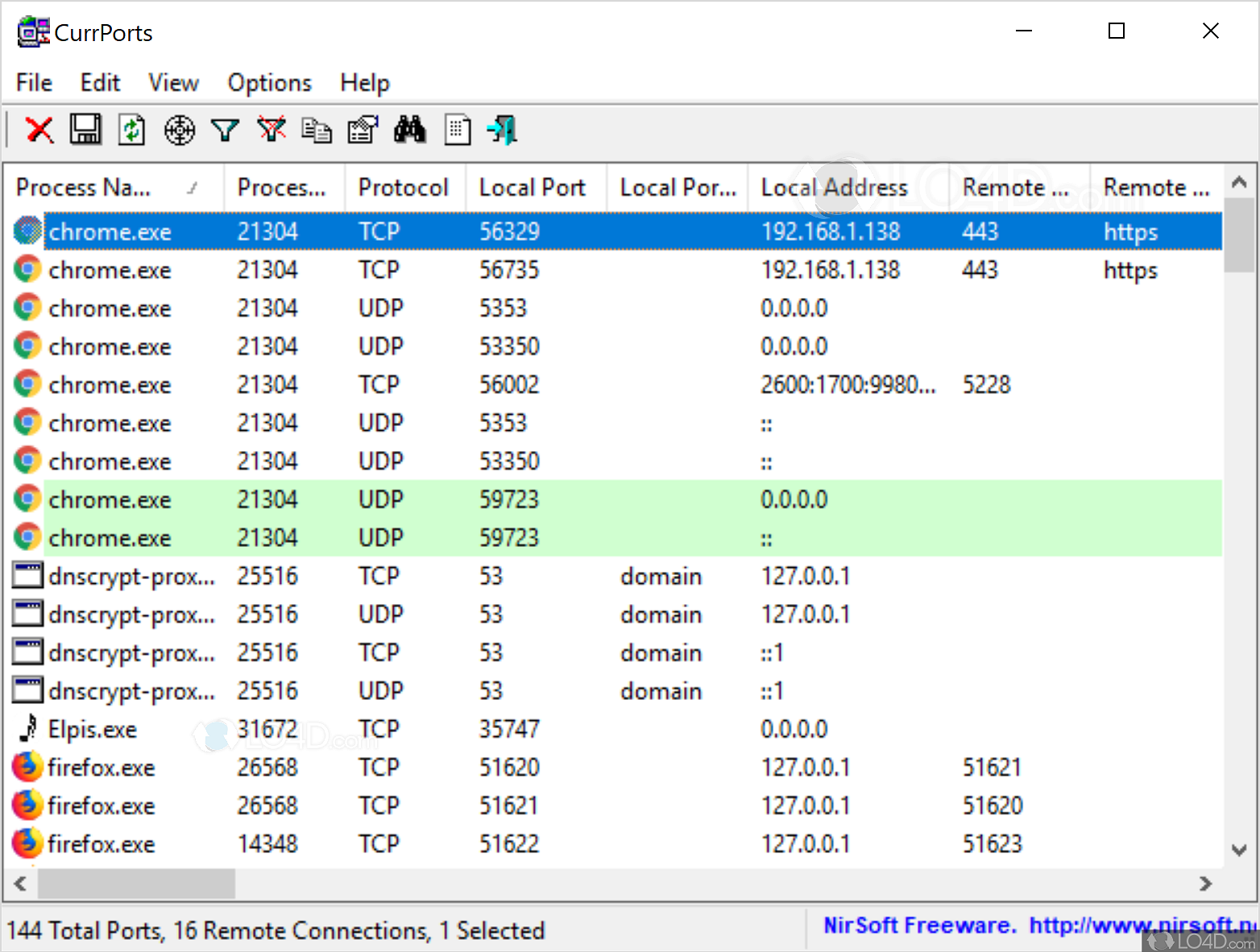
- #LED DISPLAY COOLTERM WITHOUT BEING CONNECTED SERIAL#
- #LED DISPLAY COOLTERM WITHOUT BEING CONNECTED MANUAL#
- #LED DISPLAY COOLTERM WITHOUT BEING CONNECTED FULL#
- #LED DISPLAY COOLTERM WITHOUT BEING CONNECTED PRO#
- #LED DISPLAY COOLTERM WITHOUT BEING CONNECTED SOFTWARE#
#LED DISPLAY COOLTERM WITHOUT BEING CONNECTED PRO#
PineCone BL602 RISC-V Evaluation Board connected to Pinebook Pro
#LED DISPLAY COOLTERM WITHOUT BEING CONNECTED SOFTWARE#
this example use esp8266 to connect to an Access Point and connect to SINGLE TCP Server which is at the same subnetĢ // such as the esp8266 is is 192.168.1.3, and the server ip is 192.168.1.1 ,then esp8266 can connect to the serverĤ //Then connect a LED on Digital pin13, and open the software on PC_TCP server, send command to control the LED state:ĥ //send "H" to turn ON LED send "L" to turn OFF LEDġ0 #define ssid "test" // you need to change itġ9 SoftwareSerial mySerial(10, 11) // RX, TXĢ3 delay(2000) // it will be better to delay 2s to wait esp8266 module OKĢ6 wifi.begin(&Serial, &mySerial) //Serial is used to communicate with esp8266 module, mySerial is used to debugĢ8 bugPrintln("connect ap sucessful !") ģ3 if (wifi.Control PineCone BL602 RGB LED with GPIO and PWM And since that almost every Arduino card has a LED built on board, connected with D13, so in the sketch, I will use it as the target LED. This is a little application which is built on the 4.1.2 2 TCP_Client_Single trail, if you have finished that part, you could upload the sketch below, and send commands "H","L" to open up or turn off it on your computer.
#LED DISPLAY COOLTERM WITHOUT BEING CONNECTED SERIAL#
Choose Serial Port of ESP8266, click Flash to burn firmware; then Like in AT mode, but pull the swith of ESP8266 to "UART" side.Don't forget to pull it back to "BOOT" after updating firmware.ģ. Please download the Firmware and Tools first. If everything is ok, but still failed connection. The wifiBee socket on expansion shield has a loose connection to the wifi Bee.ħ. Whether the botton on the ESP8266 is also on the left side"BOOT".Ħ. Whether the button on expansion shield was push to the left side"RUN" but not"PROG".Ĥ.

The wifi you are using is good, and the code ssid and password is correct.ģ. Unplug the USB cable from Arduino to power off, and plug it again to restart module.Ģ. If the monitor print"Connect failed!" Please try/check these steps:ġ.
#LED DISPLAY COOLTERM WITHOUT BEING CONNECTED MANUAL#
Note:Since now, the STA mode which support the Server mode is not stable, we are working on that you could refer to the ESP8266 manual book to try. Note: When the symbol">" appeared, it means ESP8266 entered into Transparent Mode which transfer data faster than normal mode.5 Server mode Send a message from "TCP/IP Net Assistant V3.8", you could see New message appear on "CoolTerm".

Open "CoolTerm" and monitor the if the AP connection was good Ħ. Upload the modified sketch, and then pull the switch"RUN/Prog" to "RUN" ĥ. Open the software"TCP/IP Net Assistant V3.8", configure as follow, and click Connect to monitor the PC doing as Server Ĥ. Open sample sketch "TCP_Pure_Data_Mode", write your wifi's ssid, password, Server Ip address, port ģ. Note:ESP8266 can connect to 5 servers simultaneously.Ģ. Send a message from "TCP/IP Net Assistant V3.8", you could see "New message" appear on "CoolTerm". Open "CoolTerm" and monitor the if the AP connection was good ħ. Upload the modified sketch, and then pull the switch"RUN/Prog" to "RUN" Ħ. Open the software"TCP/IP Net Assistant V3.8", configure as follow, and click Connect to monitor the PC doing as Server ĥ. Open sample sketch "TCP_Client_Single", write your wifi's ssid, password, Server Ip address, port Ĥ. Check the Ip address of your computer, we will use it as the Server Ip address ģ. Use software "CoolTerm" to monitor if the AP connection is done.(Configure as the follow picture)Ģ. Trun the switch of the expansion shield “RUN/Prog” to “Run” side Ĩ.

Open the sketch "Connect AP", and modify the wifi AP ssid and password of yours ħ.

Wire adapter to the expansion shield: TX- PIN10, RX- PIN11, GND - GND ĥ. Note the switch: “RUN/Prog” at “Prog” side “BOOT/UART” at "BOOT" side Ĥ. Insert the expansion shield on UNO, and plug ESP8266 in the socket on the expansion shield.ģ. Download the ESP8266 library, and unzip it to "C:\Users\***\Documents\Arduino\libraries"Ģ. The very low price and the fact that there were very few external components on the module which suggests that it could eventually be very inexpensive in volume, attracted many hackers to explore the module, chip, and the software on it, as well as to translate the Chinese documentation.ġ. However, at the time there was almost no English-language documentation on the chip and the commands it accepted. This small module allows microcontrollers to connect to a Wi-Fi network and make simple TCP/IP connections using Hayes-style commands. The chip first came to the attention of western makers in August 2014 with the ESP-01 module, made by a third-party manufacturer, AI-Thinker.
#LED DISPLAY COOLTERM WITHOUT BEING CONNECTED FULL#
The Arduino ESP8266 is a low-cost Wi-Fi chip with full TCP/IP stack and MCU (Micro Controller Unit) capability produced by Shanghai-based Chinese manufacturer, Espressif Systems.


 0 kommentar(er)
0 kommentar(er)
